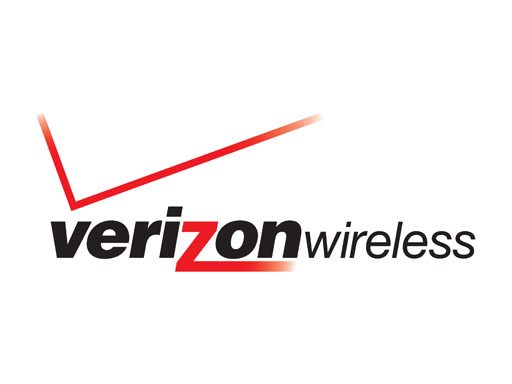Verizon Wireless laid down a significant challenge to its rivals, posting strong fourth quarter results that could be difficult to match.
The carrier said it added 1.653 million direct customer additions during the final three months of 2013, dominated by the carrier’s high-margin postpaid services that contributed 1.573 million net customer additions for the quarter. The results did come up quite a bit short of the more than 2.2 million direct customer additions Verizon Wireless posted during the fourth quarter of 2012, but analysts expect the results to lead the market.
For the full year, Verizon Wireless added more than 4.5 million net customers to its network, ending 2013 with just under 102.8 million total direct customers on its network. Most of the new additions appear to be smartphone connections, with Verizon Wireless reporting that 70% of its postpaid “phone base” were on smartphones at the end of 2013, compared with just 58.1% at the end of the 2012.
Highlighting the year-over-year shortfall in net additions was a slight increase in customer churn, rising from 1.24% during the fourth quarter of 2012 to 1.27% in 2013. Sequentially, churn dipped from the 1.28% reported during the third quarter of 2013.
The strong smartphone sales also helped bolster the carrier’s postpaid average revenue per account, which increased from $146.80 per month during the fourth quarter of 2012, to $157.21 per month in 2013. Verizon Wireless noted that its total number of postpaid accounts increased from 35,057 at the end of 2012 to 35,083 in 2013, with the average lines per account increasing from 2.62 lines to 2.76 lines over the same time frame.
The carrier also reported that 46% of its postpaid accounts were on one of its Share Everything plans, which allow customers to add multiple lines to share a bucket of data services. Verizon Wireless yesterday expanded those plans down the scale by rolling out an entry-level 250 megabyte plan at $20 per month that includes unlimited voice and messaging. The plan is half the price and data allowance of the previous entry-level plan and is targeted at “basic” phones as opposed to more data-reliant smartphones. The move also lowers the cost of entry for a basic phone and data package to $50 per month with a contract, which is the same price as on a prepaid plan that offers unlimited data. However, the prepaid plan requires customers to pay full price for their device.
Financially, the increased customer base and spending per month helped push wireless revenues to $21.1 billion for the fourth quarter, well ahead of the nearly $20 billion posted during the fourth quarter of 2012. On the flipside, operating expenses dipped year-over-year from $15.2 billion in 2012 to $14.9 billion during the fourth quarter of 2013, helping to boost operating income by 30% to $6.2 billion for the quarter. Operating income margins also increased from 24% to 29.5%.
Spending during the fourth quarter remained robust, with Verizon Wireless reporting $2.7 billion in wireless capital expenditures for 2013, which was down only slightly from the nearly $2.8 billion spent during the fourth quarter of 2012. Full-year 2013 capex came in at $9.4 billion, ahead of the $8.9 billion spent in 2012. Verizon Wireless had noted earlier that in late 2013 it had aggressively rolled out spectrum support for its LTE network using its 1.7/2.1 GHz spectrum licenses in a number of markets in order to handle capacity constraints.
For majority parent company Verizon Communications, the continued strength of its wireless operations should become more important beginning next month when Verizon’s $130 billion acquisition of Vodafone’s 45% stake in Verizon Wireless is complete.
Bored? Why not follow me on Twitter?


